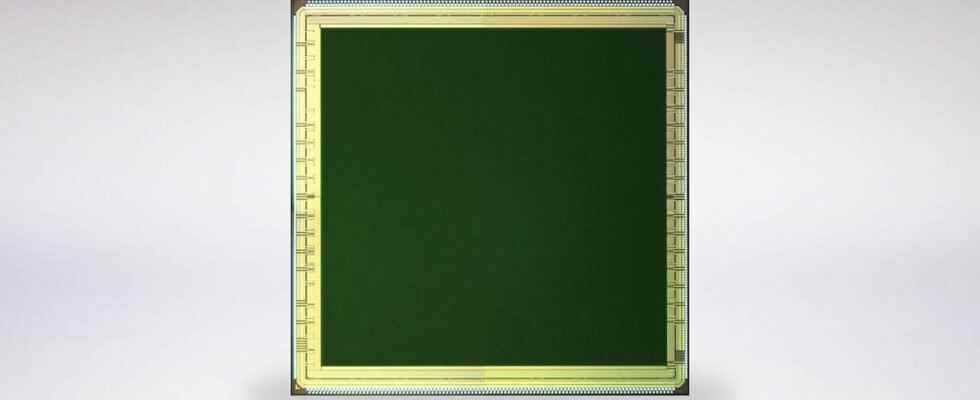The imaging giant Canon has developed a sensor that will provide valuable information that was missing in the dark: color. This SPAD-type sensor – of which the photodiodes only need a single photon to be activated – does not display an image definition cut for cameras with its 3.2 Mpix. But its forces are elsewhere.
Also read: Self-driving cars: how Sony could change everything with just one sensor
On the one hand, it is ten times more sensitive than conventional CMOS sensors while being equipped with a colored matrix. Thus, it can advantageously replace the normal infrared sensors found in conventional surveillance cameras. Cameras whose IR sensors only see black and white.
On the other hand, its single photon avalanche diode technology (single photo avalanche diode, or SPAD) gives it, in addition to its high sensitivity, the ability to measure the distance to objects in a few nanoseconds (light travel time from the illuminator to the object and then to the sensor). A property which makes it particularly suitable for automotive or robotic type applications.

Finally, its image definition, although very modest in the world of photography, is a record in the world of SPADs. With 3.2 Mpix it is the champion of its category, being three times more defined than the previous best sensor of its kind. However, it remains to be determined whether its level of sensitivity is the same.
Also to discover in video:
Also to discover in video:
Between Sony, Panasonic and Canon, it is now the race for SPAD sensors, in particular to address the future autonomous car market which can only exist if the industry develops “eyes” adapted to the needs of vehicles.
Source: Nikkei Asia
